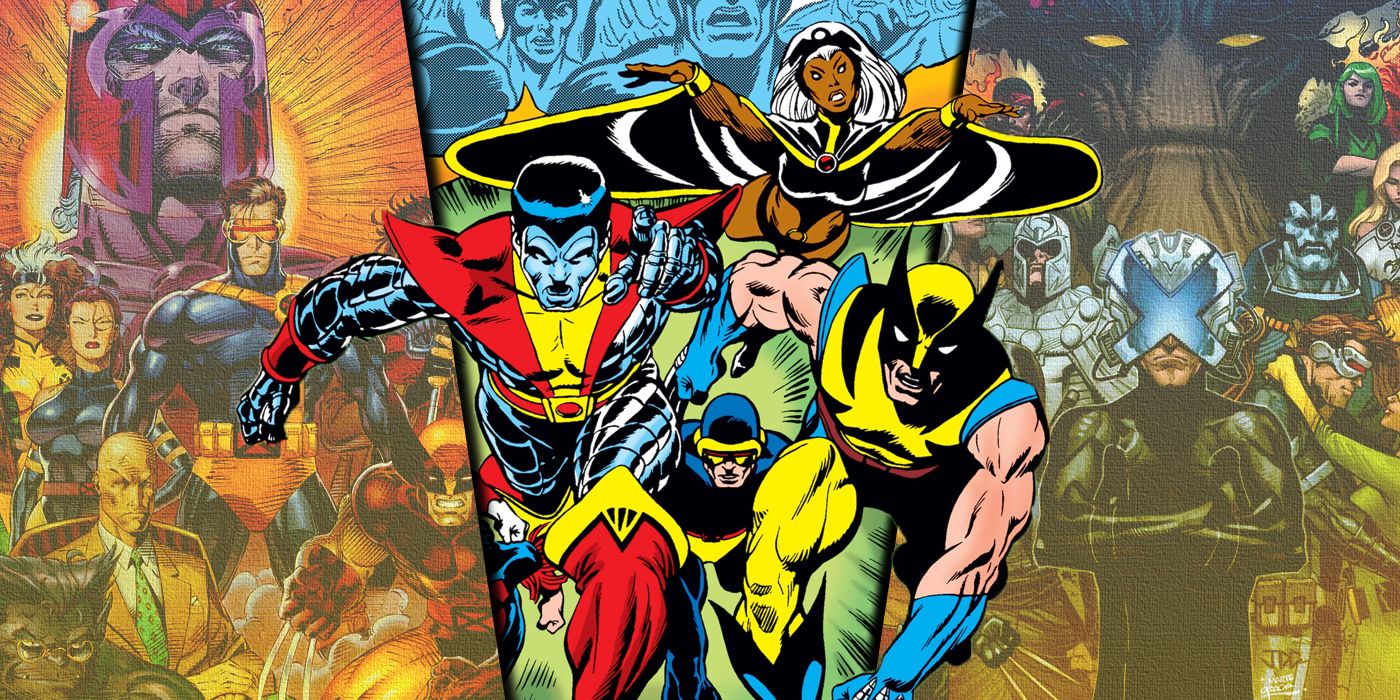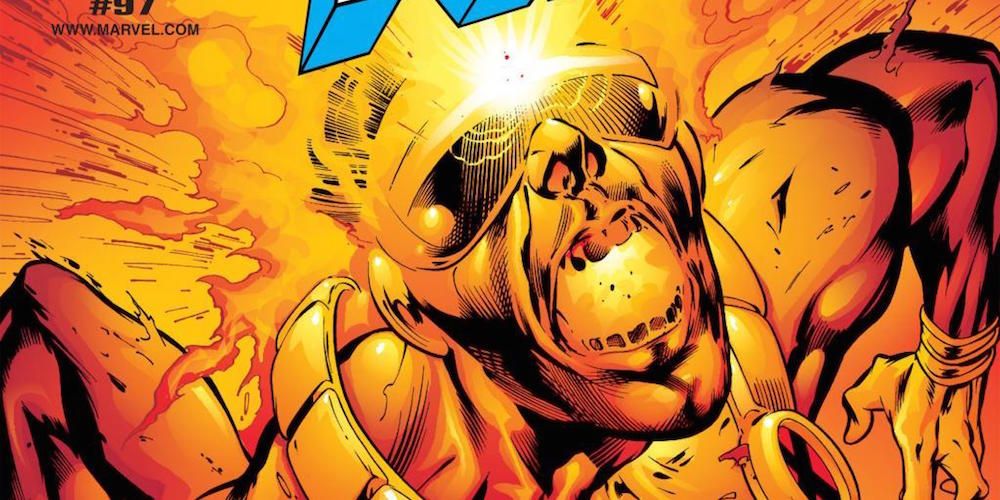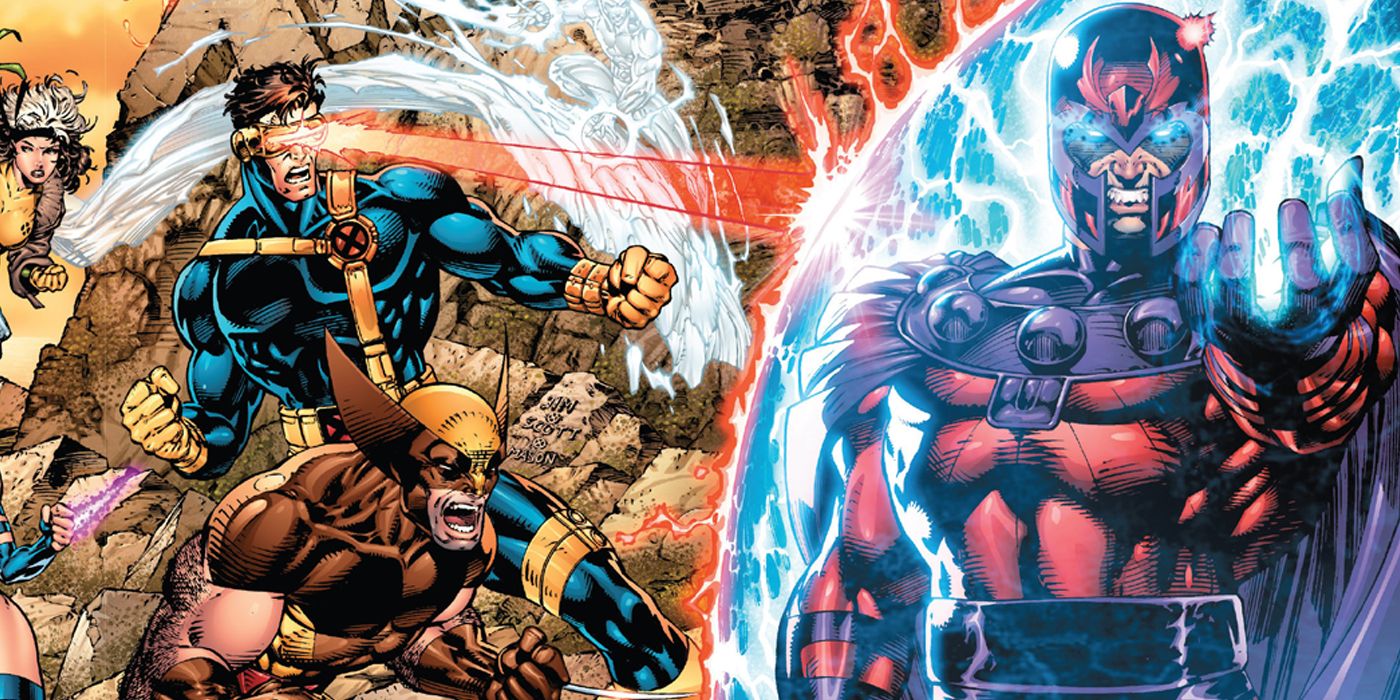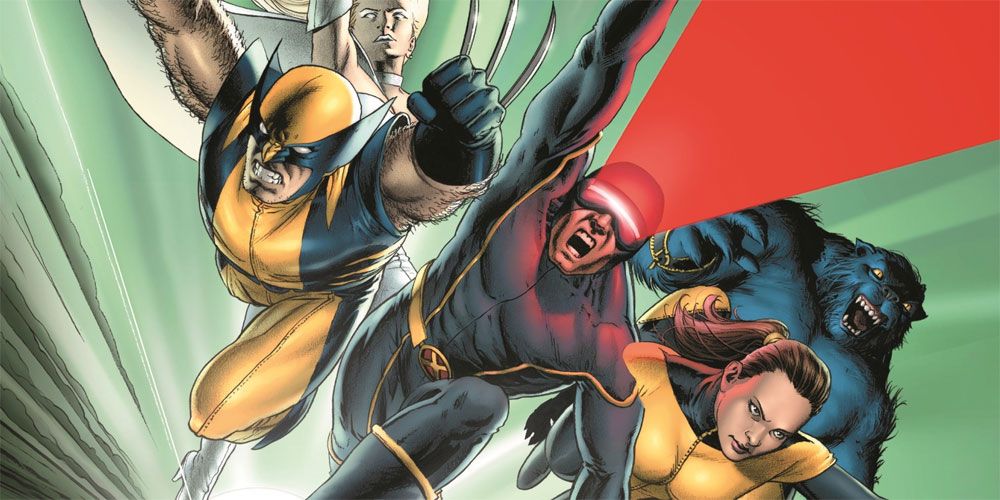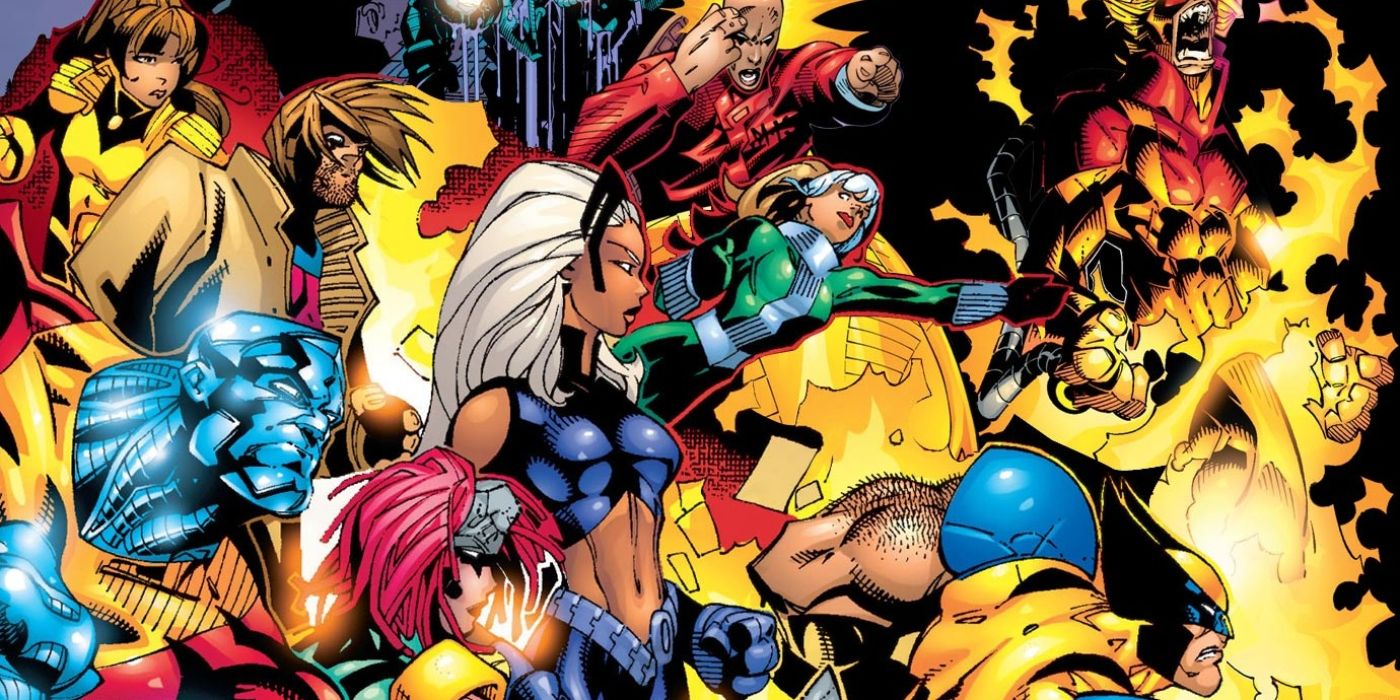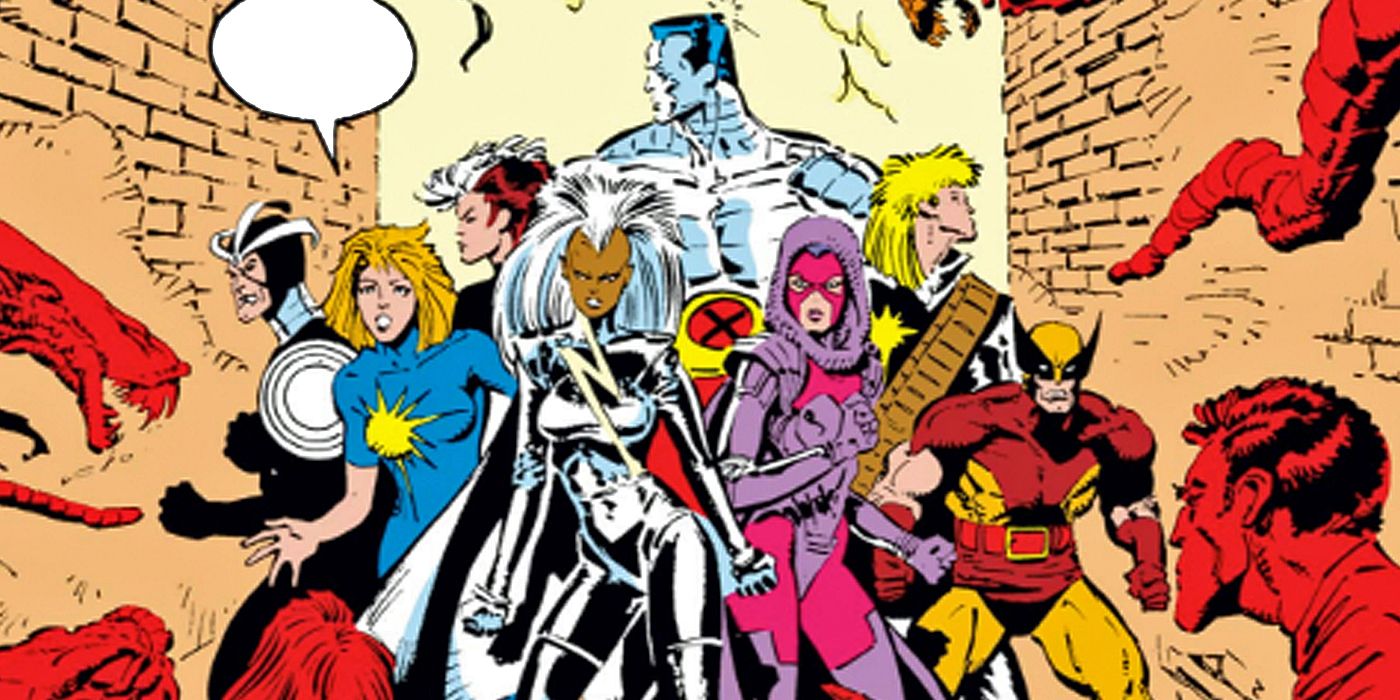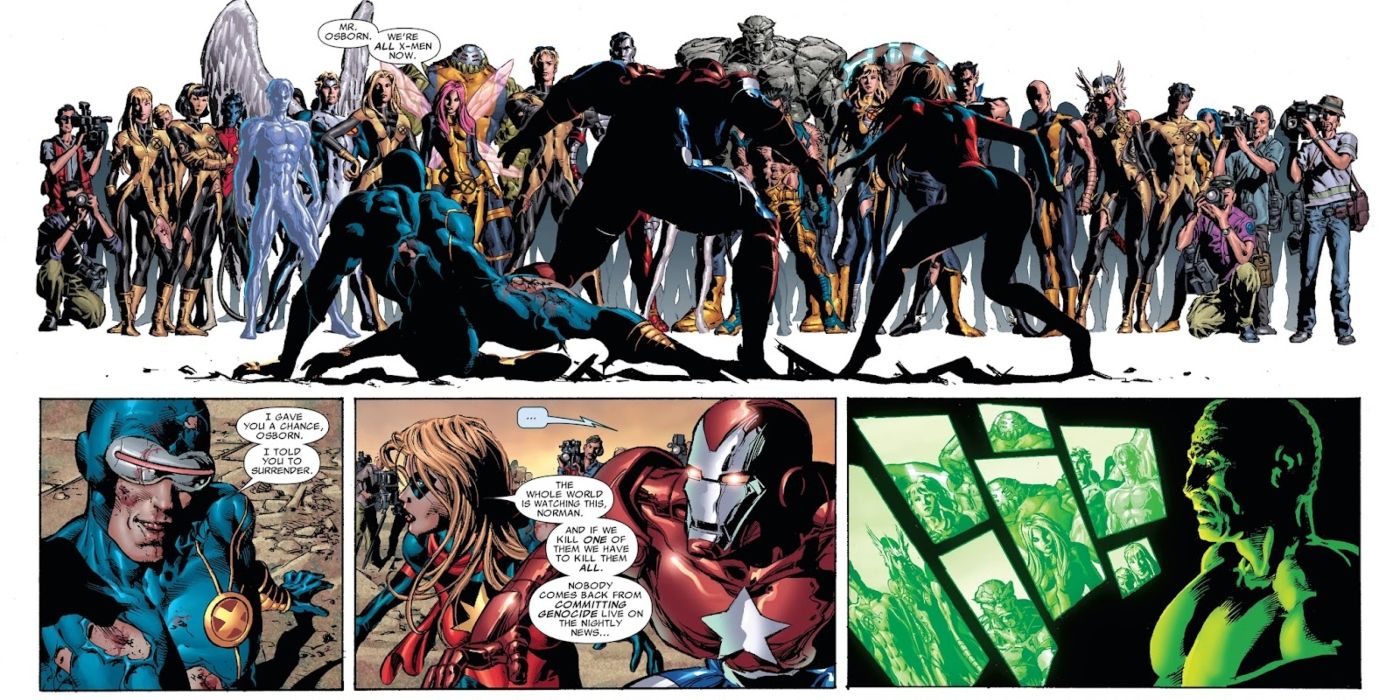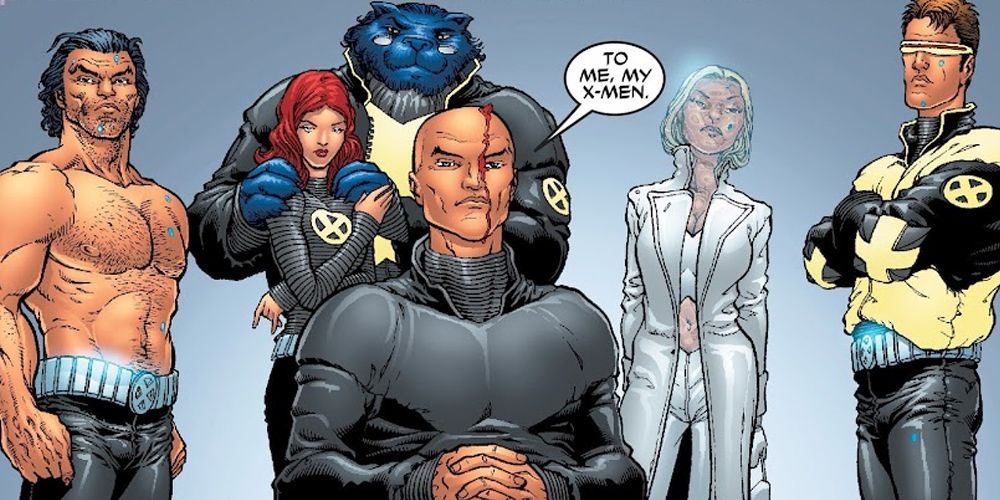The X-Men have been around for over sixty years, thrilling readers with their epic tales. While their early years weren't the greatest, unlike the rest of Marvel's Silver Age comics, the X-Men would come roaring back in the mid-70s. Since then, there have been multiple eras of X-Men comics, with the best creators in the history of the comic industry bringing new status quos to Marvel's merry mutants.
The best X-Men eras have combined great rosters with creative talent who had the perfect plans. As with anything, these eras have varied wildly in quality. Some X-Men eras have been terrible, but others have changed the team forever and are beloved by fans.
10 The Krakoa Era Began With A Bang But Is Ending With A Whimper
|
Era Encompassed |
House Of X/Powers Of X to present |
|---|---|
|
Notable Creators |
Jonathan Hickman, Pepe Larraz, Leinil Yu, Al Ewing Valerio Schiti, Kieron Gillen, Stefano Caselli, Marte Gracia, Benjamin Percy, Joshua Cassara |
|
Key Stories |
House Of X, Powers Of X, X Of Swords, Inferno, X Lives Of Wolverine, X Deaths Of Wolverine, AXE Judgment Day, Sins Of Sinister, Rise Of The Powers Of X |
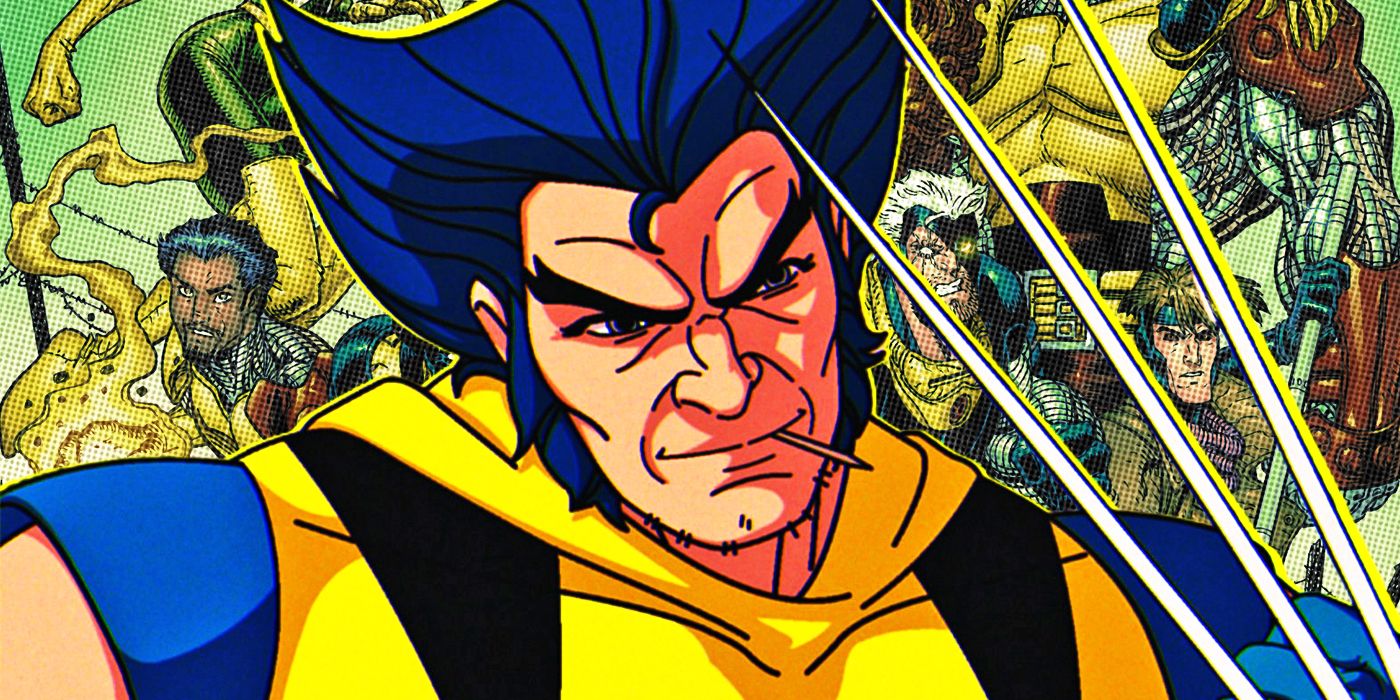
X-Men '97's Biggest Draw — Ironically — No Longer Makes Sense
X-Men '97 has been a hit with fans, but its overreliance on Chris Claremont's comic book stories could inhibit it in the long run.The Krakoa Era began in the summer of 2019, after years of Marvel marginalizing the mutants because they didn't own their film rights. Disney's acquisition of 20th Century Fox changed all of that, and Marvel got superstar writer Jonathan Hickman and a raft of talented writers and artists to relaunch the X-Men, taking them out of the X-Mansion and onto the living island of Krakoa, where they began a mutant nation. House Of X/Powers Of X started the whole thing with a bang, and fans were at a fever pitch.
X-Men fans got a lot of great books, but the pandemic slowed everything down. Hickman left the X-Men books after the writers and Marvel requested to turn away from his outline. Since then, the Krakoa Era has become a mess; for every excellent book like Immortal X-Men, there's the rather lackluster X-Men. The era's ending isn't going well either, ending something fans used to love in a somewhat disappointing fashion. However, there were still a lot of great stories.
9 Alan Davis's Short Run Is Way Cooler Than It Gets Credit For
|
Era Encompassed |
X-Men (Vol. 2) #85 and Uncanny X-Men (Vol. 1) #366 to X-Men (Vol. 2) #99 and Uncanny X-Men (Vol. 1) #380 |
|---|---|
|
Notable Creators |
Alan Davis, Adam Kubert, Leinil Francis Yu |
|
Key Stories |
"Magneto War", "The Twelve" |
Alan Davis had worked as an artist on Uncanny X-Men while Chris Claremont was writing it, again working with Claremont on Excalibur before having his own run as writer/artist of the British mutant team. Davis spent the '90s working with Marvel and DC on various projects, but in 1998, he returned to the X-Men for a run that would take the team into the new millennium. Davis wrote X-Men (Vol. 2), as well as supplying art for the book, and Uncanny X-Men (Vol. 1).
Davis's run would kick off with "Magneto War" and ended with a story that saw the High Evolutionary try to extinguish the mutant gene from the Earth. Davis was left with tying off a few lingering plot lines from the '90s, like the mystery of the Twelve and Apocalypse's millennial ascension, and did so well. The run wasn't the best received, but these issues still have a lot of fun moments.
8 The Post-Claremont Era Brought The X-Men Their Greatest Sales Success
|
Era Encompassed |
X-Men (Vol. 2) #1 and Uncanny X-Men (Vol. 1) #281 to X-Men (Vol. 2) #69 and Uncanny X-Men (Vol. 1) #352 |
|---|---|
|
Notable Creators |
Chris Claremont, Jim Lee, Whilce Potracio, John Byrne, Scott Lobdell, Fabian Nicieza, Mark Waid, Andy Kubert, Joe Madureira |
|
Key Stories |
Mutant Genesis, Fatal Attractions, The Age Of Apocalypse, Onslaught, Operation Zero Tolerance |
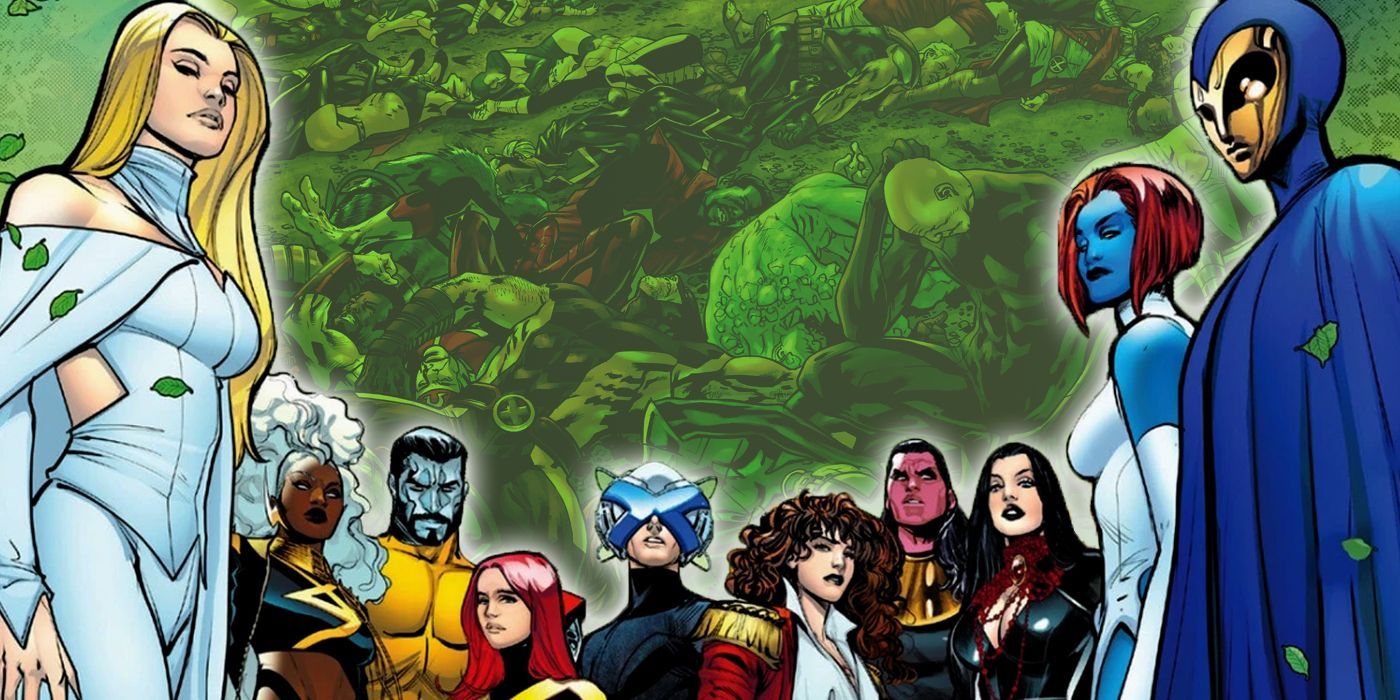
X-Men: The Quiet Council's Fate During Fall of X, Explained
The chosen leaders of the X-Men's Krakoan society suffered heavy blows during the Fall of X event and the Quiet Council was left in a different place.Strangely enough, the Post-Claremont era begins with a Claremont story. Chris Claremont had plans for the X-Men up to Uncanny X-Men #300 and was ready to launch a second series. However, Marvel was pushing the artists of the X-Men books like Jim Lee and Whilce Potracio, and Claremont left the books. The irony of that was that Lee and Potracio would join the Image Seven in 1992, after the 1991 relaunch, leaving writers Scott Lobdell and Fabian Nicieza to write the books, with Mark Waid joining X-Men (Vol. 2) for a short time.
This era included the bestselling comic of all time, X-Men (Vol. 2) #1, and cemented the X-Men's place as the biggest comic characters of the '90s. The books made Andy Kubert and Joe Madureira superstars, but the writing doesn't have the best reputation. However, many fans have a lot of nostalgia for this period, with the Age Of Apocalypse generally considered the best event ever, making it easily the most successful X-Men era.
7 The New Age Era Had Some Great Runs
|
Era Encompassed |
Astonishing X-Men (Vol. 3) #1 - Uncanny X-Men (Vol. 1) #499 |
|---|---|
|
Notable Creators |
Joss Whedon, John Cassaday, Chris Claremont, Alan Davis, Chris Bachalo, Mike Carey, Humberto Ramos, Ed Brubaker, Billy Tan, |
|
Key Stories |
Astonishing X-Men: Gifted, Astonishing X-Men: Dangerous, Astonishing X-Men: Unbreakable, Uncanny X-Men: The End Of History, X-Men: Deadly Genesis, X-Men: Supernovas, Uncanny X-Men: Rise And Fall Of The Shi'Ar Empire, Messiah Complex |
The 2000s were a pretty momentous time for the X-Men. 2004 would see a changing of the X-Men guard, and it would all kick off with the release of Joss Whedon and John Cassady's Astonishing X-Men (Vol. 3). Chris Claremont and Alan Davis would return to Uncanny X-Men. Meanwhile, writer Chuck Austen and artist Salvador Larocca would move from Uncanny to X-Men but wouldn't get about eight issues on the title before Austen left. From there, Peter Milligan would take over the book and eventually be replaced by Mike Carey.
Claremont's third run was more successful than his second run, but Ed Brubaker would take over for him. This era had its share of problems, namely Austen and Claremont's Excalibur reboot and dealing with the problems caused by House Of M. However, there's still a lot to love from this time frame.
6 The Seagle/Kelly Era Was Cut Short But Still Impressed
|
Era Encompassed |
X-Men (Vol. 2) #70 and Uncanny X-Men (Vol. 1) #353 to X-Men (Vol. 2) #84 and Uncanny X-Men (Vol. 1) #365 |
|---|---|
|
Notable Creators |
Steve Seagle, Joe Kelly, Carlos Pacheco, Chris Bachalo, German Garcia, Leinil Yu, Adam Kubert |
|
Key Stories |
"Blackbirds," X-Men: Psi-War, X-Men/Uncanny X-Men: Children Of The Atom, X-Men/Uncanny X-Men: Hunt For Xavier |
The beginning of the decade is what people remember when they think of the X-Men in the '90s, but 1997 and 1998 have the best X-Men stories of the decade. Scott Lobdell, who had been writing both X-Men and Uncanny X-Men, left the books after years and was replaced by Joe Kelly on X-Men (Vol. 2) and Steve Seagle on Uncanny X-Men (Vol. 1). Kelly and Seagle took over after the end of Operation: Zero Tolerance with a blank slate; Xavier was gone and nanites had stripped the X-Mansion. Cyclops, Jean Grey, Iceman, Beast, and Archangel had also left the team, and new mutants like Marrow, Maggot, and Cecelia Reyes had joined.
This gave them a lot of freedom, and they pitted the X-Men against a series of threats ranging from Sauron and Shadow King to getting the school re-accredited and trying to figure out how to pay the bills. Marvel didn't like the loose structure of their run and demanded they use a fixed roster, so the two left. They only wrote the book for over a year, but there was a lot to love during that time.
5 The Middle Years Of The Claremont Run Contain Some Amazing Stories
|
Era Encompassed |
Uncanny X-Men (Vol. 1) #144 - Uncanny X-Men (Vol. 1) #227 |
|---|---|
|
Notable Creators |
Chris Claremont, Paul Smith, Dave Cockrum, Rick Leonardi, Marc Silvestri |
|
Key Stories |
"The Brood Saga," Mutant Massacre, God Loves, Man Kills, Lifedeath, "The Trial Of Magneto," "Duel," Fall Of The Mutants |
Chris Claremont's first run on the X-Men lasted seventeen years. Claremont's run got weird in the middle, but that makes sense. When Uncanny X-Men (Vol. 1) #144 rolled around, Claremont had written the book for six years. Readers had gotten the Phoenix Saga, the introduction of the Shi'Ar, the beginning of Claremont's changes to Magneto, and more character work than they could shake a stick at. However, the X-Men were still basically the same. Things had to change, just for his own sanity while writing the book.
Claremont introduced characters like Rogue and Rachel Summers, brought Psylocke into the X-Men, and started Wolverine's path to superstardom during this period. Magneto joined the team, Cyclops met Madelyne Pryor and left, and Storm became the leader. Classic stories like Mutant Massacre, God Loves, Man Kills, and more all premiered, and it ended with Fall Of Mutants, bringing even more change to the team.
4 The Outback Era Put The X-Men On The Road To Their Greatest Heights
|
Era Encompassed |
Uncanny X-Men (Vol. 1) #228 to Uncanny X-Men (Vol. 1) #280 |
|---|---|
|
Notable Creators |
Chris Claremont, Marc Silvestri, Rob Liefeld, Whilce Potracio, and Jim Lee |
|
Key Stories |
The Genosha arc, Inferno, X-Tinction Agenda, The Muir Island Saga |
The end of Chris Claremont's landmark run on the X-Men brought the greatest change to the title. After walking through the Siege Perilous at the end of Fall Of The Mutants, the X-Men found themselves in the Australian Outback and took over the Reavers' old base. The world thought they were dead, and the X-Men took advantage of this, traveling the world and battling the enemies of mutantkind.
This period saw the culmination of Madelyne Pryor's story in Inferno, which took them to Genosha to battle the Genengineer and pit them against the Reavers in bloody battles. Destiny died, Moira MacTaggert started her own X-Men, Gambit and Jubilee debuted, Rogue and Magneto had their Savage Land dalliance, and part of the team found themselves in the Shi'ar Empire hunted by Xavier and the Imperial Guard. It ended with The Muir Island Saga, as the X-Men battled the Shadow King. This era gave readers a great X-Men line-up and laid the seeds for their continued dominance of the 1990s.
3 The Utopia Era Changed The X-Men's Fight
|
Era Encompassed |
Uncanny X-Men (Vol. 1) #500 to Avengers Vs. X-Men #12 |
|---|---|
|
Notable Creators |
Ed Brubaker, Matt Fraction, Mike Carey, Jason Aaron, Terry Dodson, Greg Land, Chris Bachalo, Carlos Pacheco, Kieron Gillen, Warren Ellis, Simone Bianchi, Phil Jimenez |
|
Key Stories |
Ghost Box, Messiah War, Second Coming, Dark Avengers/X-Men: Utopia, Schism, Avengers Vs. X-Men |

X-Men: Every Main Character's Age
The continuously shifting continuity of the Marvel Universe makes it tough to know the ages of the X-Men, but it's possible to get a rough estimation.The Utopia Era started when the X-Men left the destroyed X-Mansion and headed to San Francisco. The post-House Of M status quo saw mutants more endangered than ever, and the birth of Hope Summers led to multiple stories. Cyclops became more militant about protecting mutants than ever, and a battle against the Dark Avengers birthed Utopia, the island that would become the first mutant nation.
Schism split the mutant race into two camps - one allied with Cyclops and the other with Wolverine - leading to books like Wolverine & The X-Men and a rebooted Uncanny X-Men before Avengers Vs. X-Men ended it all. The Utopia Era can sometimes be very depressing, but it also brought some of the most interesting X-Men stories in years. Namor joined the X-Men, readers met the Extinction Team, and Wolverine became an X-Men leader. The books were stacked with talent and readers got the best Cyclops ever.
2 Grant Morrison And Joe Casey Brought The X-Men Into A Bold New Era In 2001
|
Era Encompassed |
New X-Men #114, Uncanny X-Men (Vol. 1), and X-Treme X-Men #1 to New X-Men #156 and Uncanny X-Men (Vol. 1) #443 |
|---|---|
|
Notable Creators |
Grant Morrison, Joe Casey, Chris Claremont, Frank Quitely, Ian Churchill, Ron Garney, Ethan Van Sciver, Salvador Larocca, Kia Asamiya, Phil Jimenez, Chris Bachalo, Igor Kordey, Chuck Austen, Marc Silvestri |
|
Key Stories |
E Is For Extinction, Imperial, Riot At Xavier's, Murder At The Mansion, Assault On Weapon Plus, Planet X, Here Comes Tomorrow |
2001 saw a sea change at Marvel. Joe Quesada and Bill Jemas had been in charge for an entire year and were able to clean house of talent left over from the prior regime. Chris Claremont had returned for a run that most fans didn't like, and the X-Men needed a revitalization. They got it by moving Claremont to his own book and getting Grant Morrison to take over X-Men (Vol. 2). It was rechristened as New X-Men while Joe Casey took over Uncanny X-Men. It all kicked off with the excellent "E Is For Extinction."
Honestly, New X-Men is the five hundred-pound gorilla of this era, as X-Treme X-Men was sort of niche, and Uncanny was eventually written into the ground by Chuck Austen. Morrison took many of Claremont's classic ideas and put their own spin on them, producing a book that lived up to the "new" appellation. Morrison's run is still being mined for ideas, showing just how momentous it was.

